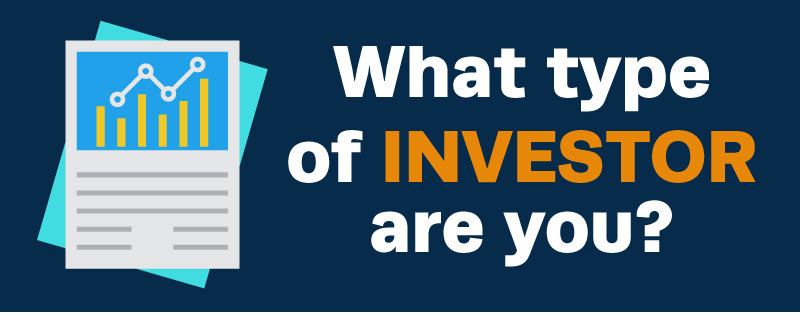For Quick Profits, Trade Options
While chatting with a hedge fund manager friend online last week, as we marveled at the continuous new highs in the market, he typed, “Literally no risk owning stocks right now.”
Of course he knows there is risk owning stocks – but his statement emphasizes how it seems like the market goes up every day and everyone has a “risk on” mentality.
And over the past year, I’ve noticed that my readers have become willing to take on more risk. Options have become a popular trading tool, as they offer the ability to put just a little money at risk yet achieve huge gains.
For example, someone who wanted to make a short-term bet on Apple (Nasdaq: AAPL) increasing in price could have bought the January $270 calls on December 12 for $6.05 (or $605, as option contracts trade in 100-share blocks).
They could have sold them five days later at $14.50, for a gain of $845 – which would be 140%.
On December 11, a trader could have bought the SPDR S&P 500 ETF Trust (NYSE: SPY) December 20 $315 calls for $2 and sold them for $5 on December 17.
Someone who bought 10 contracts would have turned $2,000 into $5,000 in less than a week.
Buying calls and puts is a great way of taking shots at profits from short-term market moves.
Now, it is important to understand that options can lose value quickly too, particularly if there is not much time left until expiration. So it’s a higher-risk, higher-reward strategy.
For those who want to trade for quick profits, there are several ways to get in on the action.
Buy puts or calls on a stock. If you follow a stock and believe you have a strong indication of its direction, you can buy options on the individual stock.
Buy puts or calls on an index or exchange-traded fund (ETF). If you want to bet on or against the market or a sector rather than an individual stock, you can buy options on the S&P 500, the Nasdaq, the Russell 2000, biotech indexes, semiconductor indexes, etc.
Buy puts or calls on volatility. Not sure which direction stocks are going to go, but think you have a feel for how volatile the markets will get?
You can buy options on volatility through the CBOE Market Volatility Index (VIX) or the iPath Series B S&P 500 VIX Short-Term Futures ETN (CBOE: VXX), which is an exchange-traded note (ETN) based on VIX futures.
If you think the markets will get more volatile, you can buy calls on either. If you think things will get calmer, buy puts. And it doesn’t matter whether the market goes up or down. What matters is the amount of volatility.
For traders who crave action and quick profits, look at options with near-term expiration dates in order to keep costs low.
Again, buying puts and calls carries a higher degree of risk. If you can handle that risk, the potential rewards and speed of those rewards are hard to match with any other type of trade.
How do you like to trade options? Tell us in the comments section.
[adzerk-get-ad zone="245143" size="4"]About Marc Lichtenfeld
Marc Lichtenfeld is the Chief Income Strategist of Investment U’s publisher, The Oxford Club. He has more than three decades of experience in the market and a dedicated following of more than 500,000 investors.
After getting his start on the trading desk at Carlin Equities, he moved over to Avalon Research Group as a senior analyst. Over the years, Marc’s commentary has appeared in The Wall Street Journal, Barron’s and U.S. News & World Report, among other outlets. Prior to joining The Oxford Club, he was a senior columnist at Jim Cramer’s TheStreet. Today, he is a sought-after media guest who has appeared on CNBC, Fox Business and Yahoo Finance.
Marc shares his financial advice via The Oxford Club’s free daily e-letter called Wealthy Retirement and a monthly, income-focused newsletter called The Oxford Income Letter. He also runs four subscription-based trading services: Technical Pattern Profits, Lightning Trend Trader, Oxford Bond Advantage and Predictive Profits.
His first book, Get Rich with Dividends: A Proven System for Earning Double-Digit Returns, achieved bestseller status shortly after its release in 2012, and the second edition was named the 2018 Book of the Year by the Institute for Financial Literacy. It has been published in four languages. In early 2018, Marc released his second book, You Don’t Have to Drive an Uber in Retirement: How to Maintain Your Lifestyle without Getting a Job or Cutting Corners, which hit No. 1 on Amazon’s bestseller list. It was named the 2019 Book of the Year by the Institute for Financial Literacy.






